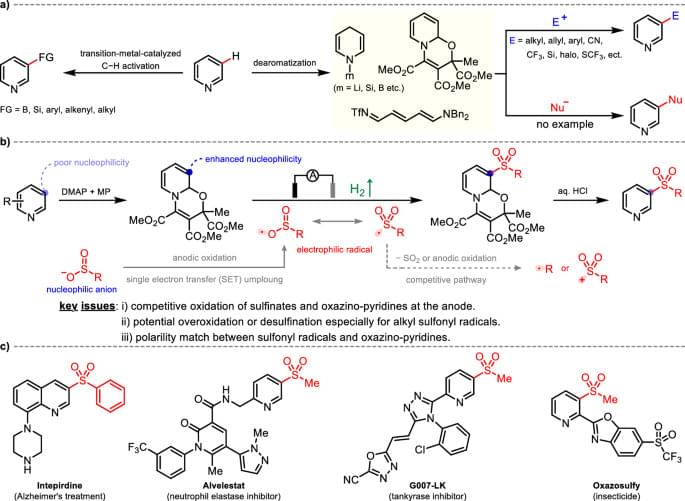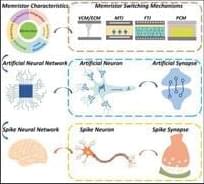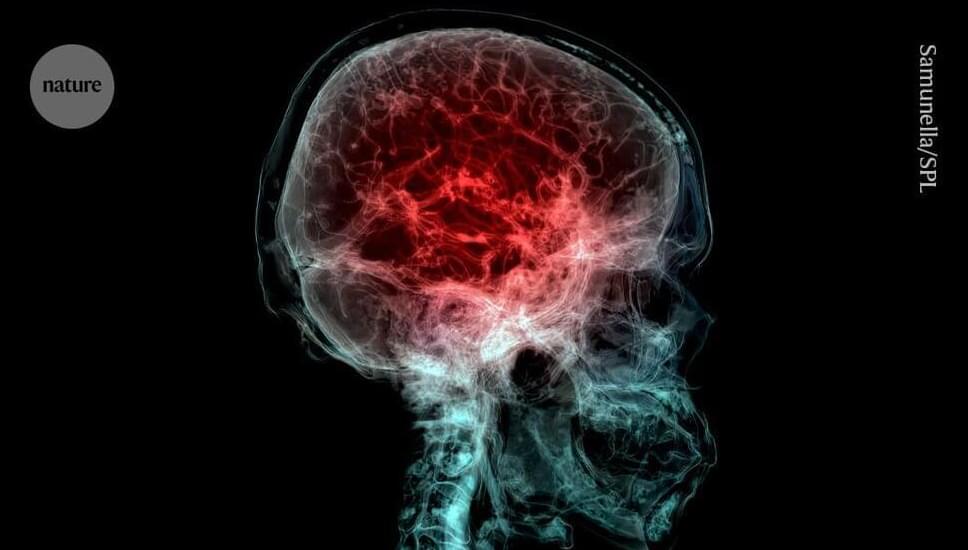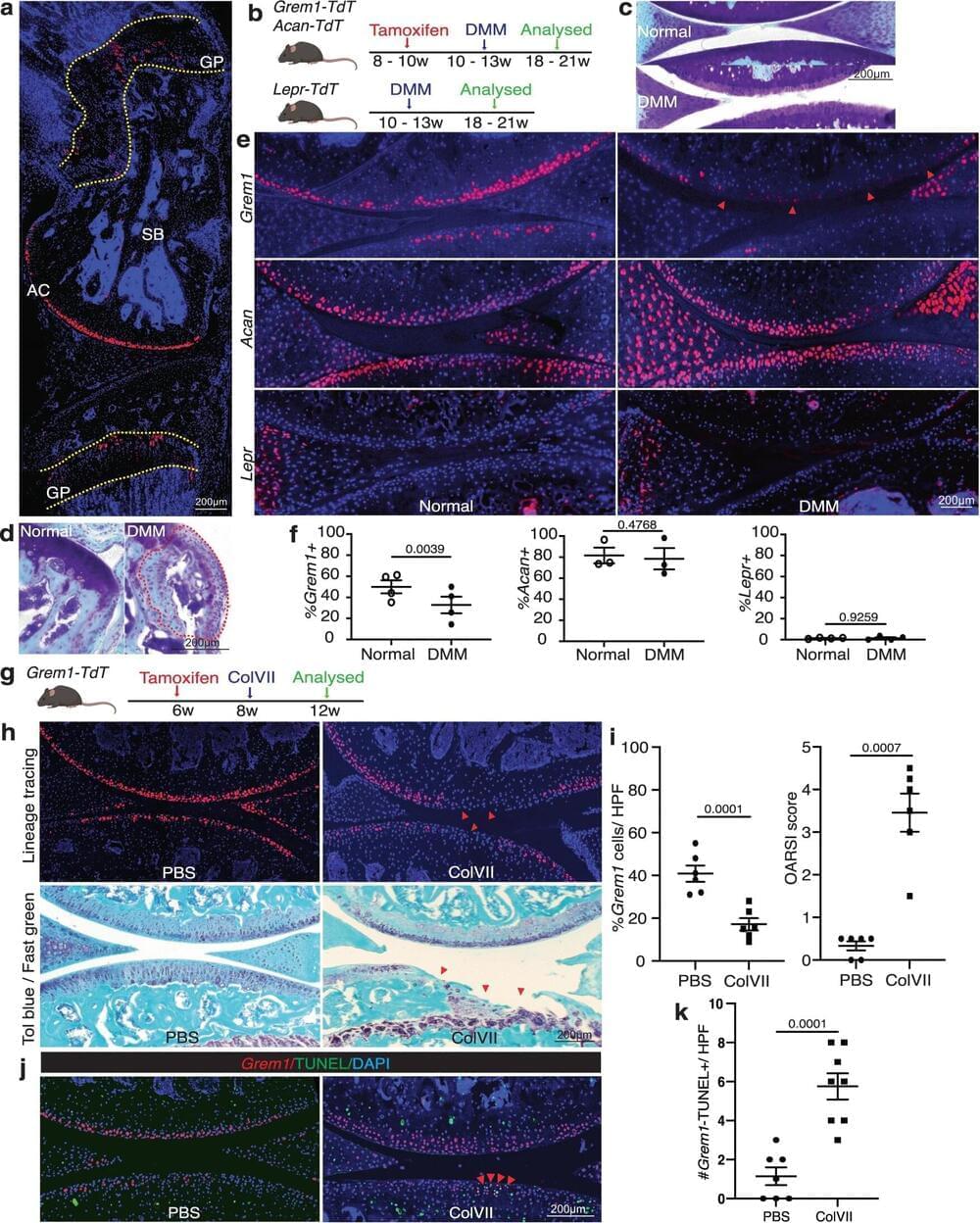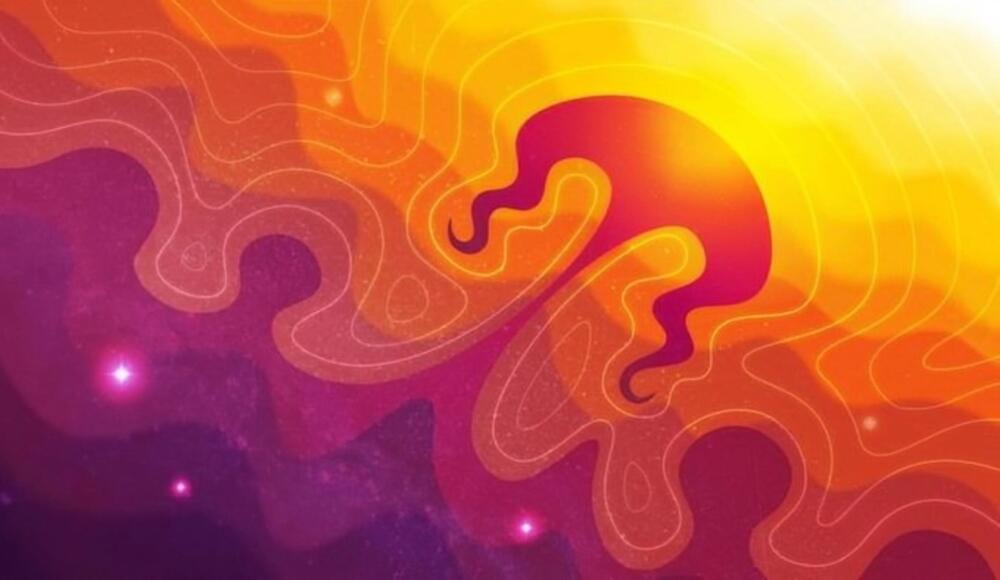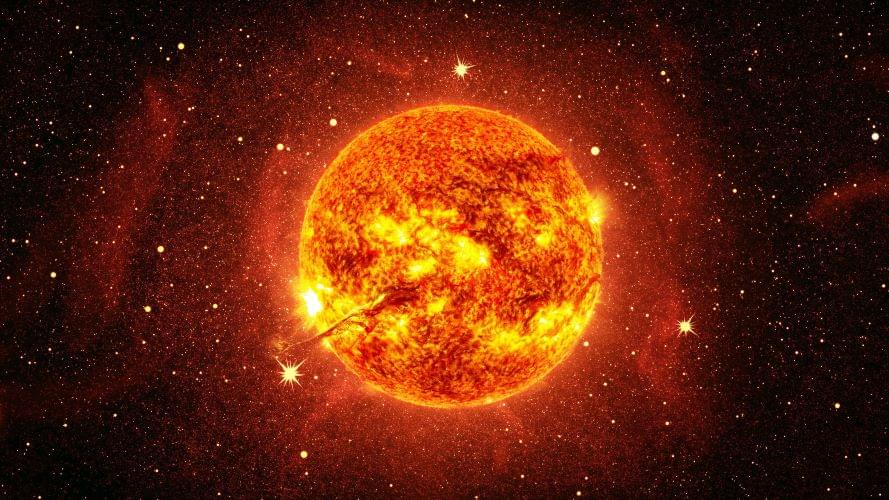TOC 00:00:00 Intro 00:03:38 Reasoning 00:13:09 Potential AI Breakthroughs Reducing Computation Needs 00:20:39 Memorization vs. Generalization in AI 00:25:19 Approach to the ARC Challenge 00:29:10 Perceptions of Chat GPT and AGI 00:58:45 Abstract Principles of Jurgen’s Approach 01:04:17 Analogical…
Jürgen Schmidhuber, the father of generative AI shares his groundbreaking work in deep learning and artificial intelligence. In this exclusive interview, he discusses the history of AI, some of his contributions to the field, and his vision for the future of intelligent machines. Schmidhuber offers unique insights into the exponential growth of technology and the potential impact of AI on humanity and the universe.
MLST is sponsored by Brave:
The Brave Search API covers over 20 billion webpages, built from scratch without Big Tech biases or the recent extortionate price hikes on search API access. Perfect for AI model training and retrieval augmentated generation. Try it now — get 2,000 free queries monthly at http://brave.com/api.
TOC
00:00:00 Intro.
00:03:38 Reasoning.
00:13:09 Potential AI Breakthroughs Reducing Computation Needs.
00:20:39 Memorization vs. Generalization in AI
00:25:19 Approach to the ARC Challenge.
00:29:10 Perceptions of Chat GPT and AGI
00:58:45 Abstract Principles of Jurgen’s Approach.
01:04:17 Analogical Reasoning and Compression.
01:05:48 Breakthroughs in 1991: the P, the G, and the T in ChatGPT and Generative AI
01:15:50 Use of LSTM in Language Models by Tech Giants.
01:21:08 Neural Network Aspect Ratio Theory.
01:26:53 Reinforcement Learning Without Explicit Teachers.
Refs:



